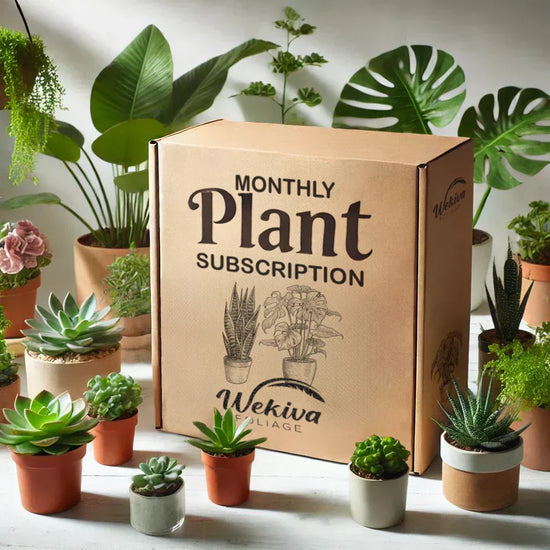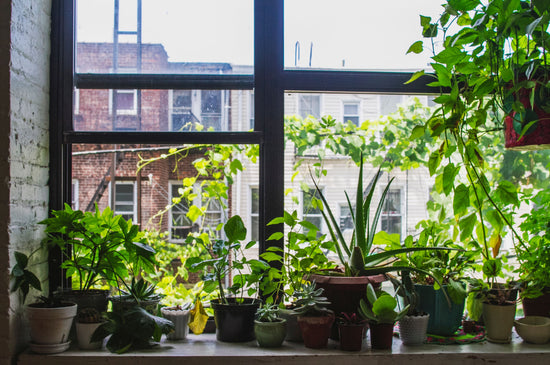Are Cactus Plants Poisonous?
Cacti are widely admired for their striking shapes, drought tolerance, and unique charm, making them a favorite among houseplant enthusiasts. But for pet owners and curious gardeners, the question arises: Are cacti poisonous? The answer depends on the type of cactus, as some species pose risks to humans and animals due to their spines or the substances they contain.
Explore a range of cacti in our Cactus Collection to find the perfect plant for your home or garden.
Are Cacti Poisonous to Humans?
Most cacti are not inherently poisonous to humans, but their sharp spines can cause irritation or injury. The spines of cacti like the prickly pear cactus can lodge in the skin, causing discomfort or even infection if not removed properly.
In rare cases, handling or consuming certain cacti can lead to adverse effects:
- Irritating Sap: Some species, like the pencil cactus (Pencil Cactus), contain milky sap that may irritate the skin or eyes.
- Toxic Varieties: Cacti from the Euphorbia family, such as the desert rose plant (Desert Rose Plant), contain compounds that are toxic if ingested.
Are Cacti Poisonous to Pets?
While many cacti are safe for pets, some can pose risks. For example:
- Christmas Cactus: The Christmas Cactus (Christmas Cactus) is non-toxic to pets, making it a safe choice for homes with animals.
- Pencil Cactus: This cactus is highly toxic to both cats and dogs if ingested. Symptoms may include vomiting, diarrhea, and drooling.
- Prickly Pear Cactus: While the fruit is edible, the spines can injure pets that attempt to chew on the plant.
Common Types of Cacti and Their Safety
-
Lifesaver Cactus
The Lifesaver Cactus is non-toxic and features stunning star-shaped flowers. It’s safe for homes with pets if they don’t chew on it. -
Fairy Castle Cactus
The Fairy Castle Cactus is generally non-toxic but has sharp spines that can harm pets or children. -
Easter Cactus
This cactus, like the Christmas Cactus, is pet-safe and blooms with vibrant flowers in spring. -
Sedum and Kalanchoe
While some sedum species are safe, kalanchoe varieties can be toxic if ingested.
How to Handle and Care for Cacti Safely
- Wear Protective Gear: Use gloves and tools to avoid injuries from spines while handling cacti.
- Place Cacti Strategically: Keep toxic or spiny cacti out of reach of pets and children.
- Educate Yourself on Varieties: Identify your cactus species to understand its safety and care requirements.
For pet-safe options, consider the Christmas Cactus or other non-toxic varieties.
FAQs About Cactus Toxicity
Q: Are all cacti safe to have indoors?
Most cacti are safe indoors, but spiny or toxic varieties should be placed carefully to avoid harm.
Q: Can cacti make pets sick?
Some cacti, like the pencil cactus, are toxic to pets if ingested. Always research the specific cactus species in your home.
Q: Are succulents safer than cacti?
Not all succulents are safe. Toxic succulents like kalanchoe or jade plants can harm pets and humans if ingested.
Cacti are beautiful and versatile additions to any home or garden. To explore a wide selection of unique and safe options, visit our Cactus Collection. Whether you’re looking for a pet-friendly plant or a dramatic centerpiece like the Desert Rose Plant, Wekiva Foliage has you covered.





